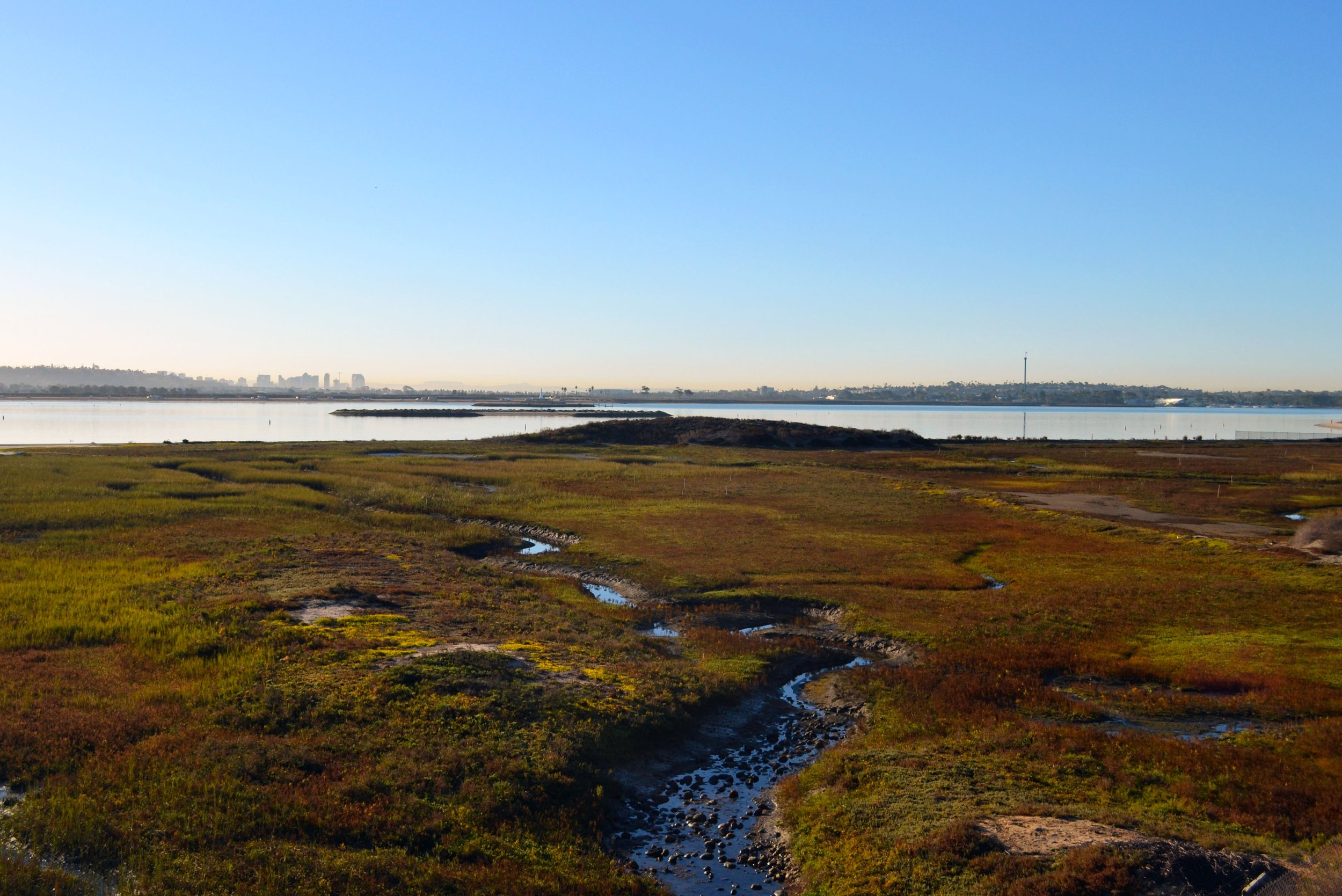
Frequently Asked Questions
-
The principal business located at the proposed restoration site is Campland on the Bay. You can learn more about them at their website here: Campland. According to this article from the Union-Tribune, their annual lease is between $1.5 million and $1.9 million a year. Campland employs numerous individuals and hosts hundreds of families every year for recreation. These services also provide benefits to San Diego which makes wetlands restoration a particularly difficult project for the Planning Department. Nonetheless, there is an optimal trade-off between recreation and restoration. Where that trade-off lies remains to be decided.
-
We are in the process of writing a publication, but in the meantime, we have thorough documentation of our methods on the following website.
-
An economic benefit is anything that increases overall social welfare. There are many different ways to consider social welfare, but you can think of welfare as if it was a metric of overall happiness in San Diego. Welfare is often quantified in terms of dollars, but just because a benefit can’t be quantified doesn’t mean it has no impact on social welfare. For example, a restored marsh would create opportunities for local school districts to have field trips discussing the importance of wetlands ecosystems and conservation. This cannot be easily turned into dollar values, but most people would agree that this raises societal happiness. This is why benefits such as cultural significance should be considered even though they cannot reasonably be quantified. Additionally, avoided costs or damages (such as health complications or flooding events) are also considered benefits since society no longer has to expend resources. It is the same logic as a penny saved is a penny earned.